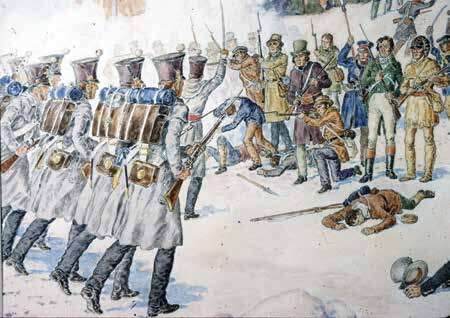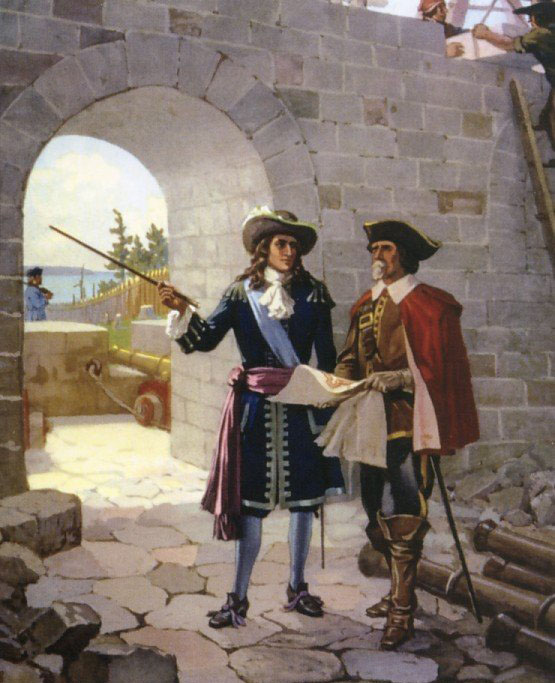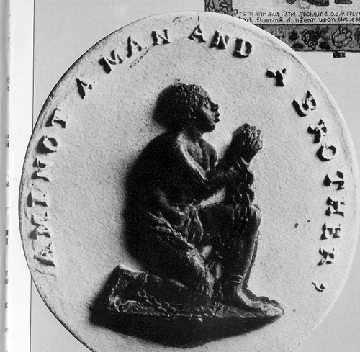
"Loyal They Remained"
During and after the American Revolution, between 70,000 and 100,000 Loyalists fled or were driven from the country that became the USA. When you consider
that the total white population of the Thirteen Colonies was about 2.5 million, that is a considerable loss. How did this happen! And what did the future hold
for the Loyalists? In this presentation I focus upon critical historical events and/or situations in the years from 1777 to 1793. These are:
First: General Burgoyne's defeat at the Battle of Saratoga in 1777.
Second: Major Patrick Ferguson's defeat at the Battle of King's Mountain in 1780.
Third: British occupation of Charleston, South Carolina, from 1780 until the evacuation of Loyalists in December, 1782.
Fourth: The experience of the Indigenous People.
Fifth: The reunion of families and the building of new lives.
Sixth: The introduction of legislation in 1793 to bring an end to slavery in Upper Canada.
This presentation includes the experience of the Indigenous people and of the enslaved Black population as well as that of settlers with European ancestry, because each has woven a unique strand into the complex fabric of Canada as we know it today.





